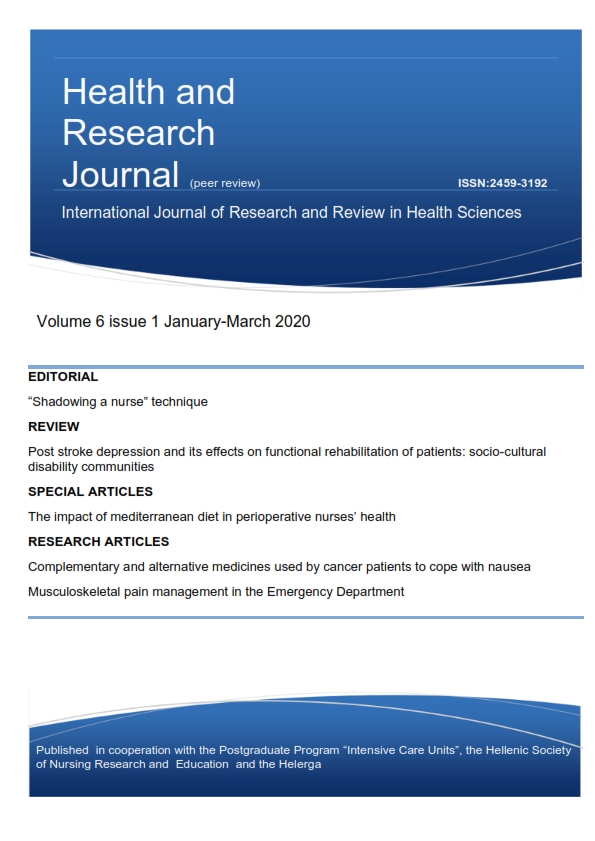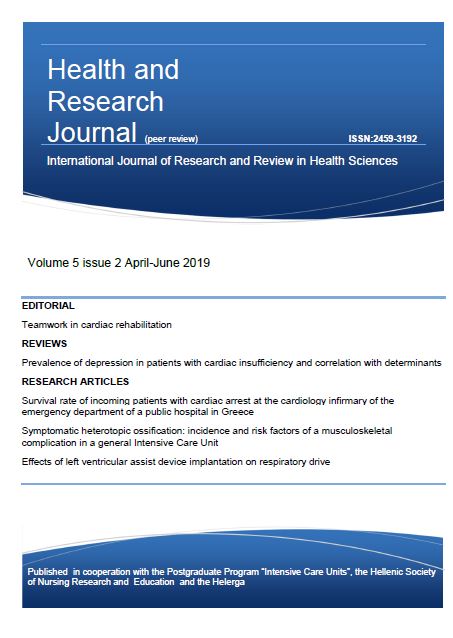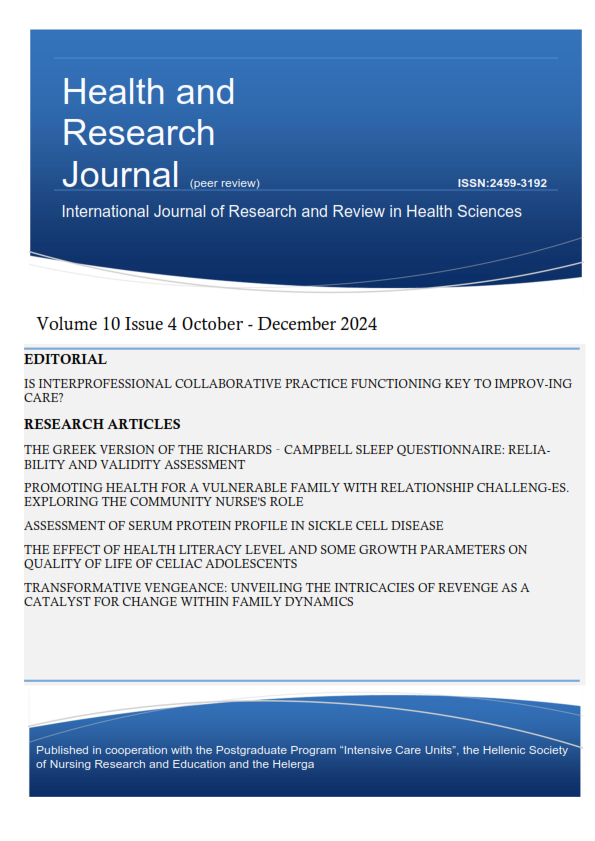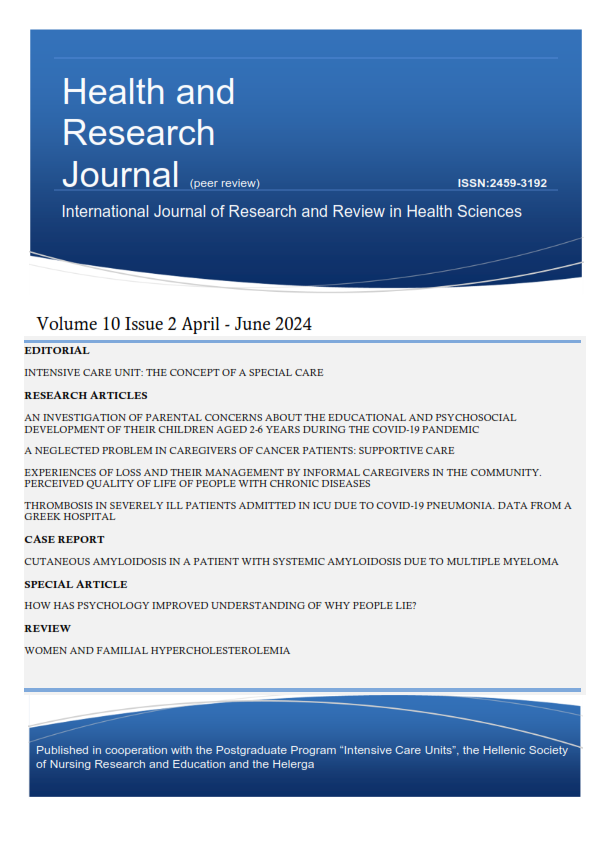The emergence of depression in teenagers and the role of health professionals
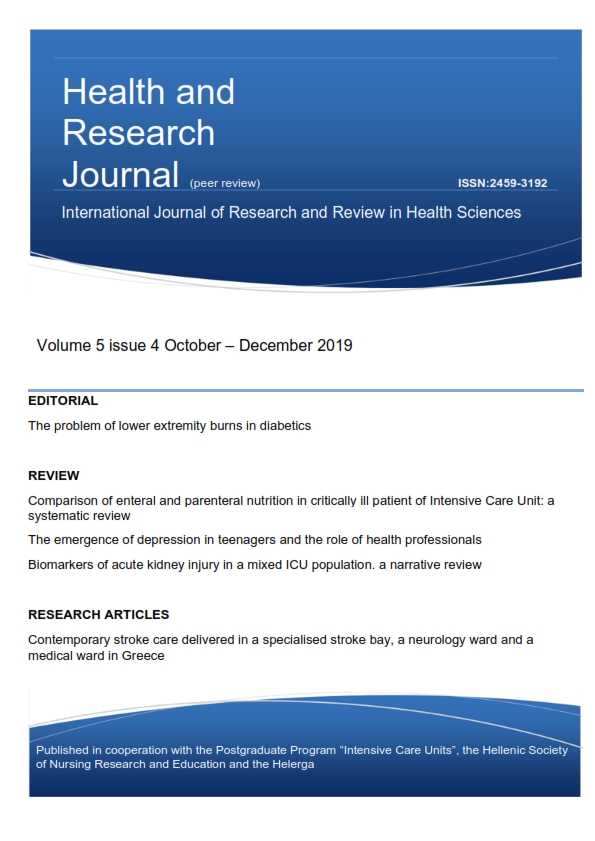
Abstract
Introduction: Depression is one of the most common mental disorders and a serious disease that plagues many people today who end up in this through their various problems. The prevention and treatment of adolescent depression is a major issue for the society and for this reason it is important to further study this issue.
Aim: This study aims to explore research studies about teenagers’ depression and its effects as well as ways to prevent and address it. Moreover, it aims to seek all cultural and historical aspects of the individual and his/her family to further understand the issue.
Material and Method: This is a systematic review of research studies in the electronic databases EBSCO, MedLine, Pubmed journals and books and articles referring to the issue of teenage depression.
Results: This systematic review showed that depression is a daily occurrence that affects many people and that adolescents with depression tend to multiply rather than diminish. Among the most important methods of treatment are psychotherapy and reading books.
Conclusions: Young people with depression problems find difficulties in their performance in school and society and often have changes in their eating habits as they stretch their weight very often. The consequence of all the above is often suicidal behavior and suicidal tendencies or even thoughts of suicide. So the necessary prevention is needed to avoid unpleasant situations.
Article Details
- How to Cite
-
Argyriadis, A., Tryfonos, A., Gourni, M., Asimakopoulou, E., Sapountzi-Krepia, D., & Agyriadi, A. (2019). The emergence of depression in teenagers and the role of health professionals. Health & Research Journal, 5(4), 134–149. https://doi.org/10.12681/healthresj.22122
- Section
- Reviews
Copyright notice:
The journal "Health and Research Journal" reserves the rights for copyright of the content of the website and also the copyright of the articles published.
By virtue of their appearance in this journal, the articles are free to be used for non-commercial purposes. However, the articles cannot and must not be used in anyway, published elsewhere or modified without any reference to the author and the first publication of the article.



